Summary
- Southwest Airlines Flight 4273 diverted to Tampa due to severe turbulence, leading to two reported serious injuries.
- The FAA is investigating the incident with a Southwest Airlines Boeing 737-700.
- After a lengthy delay, the flight continued to its destination with a replacement aircraft.
A Southwest Airlines Boeing 737 diverted to Tampa International Airport (TPA) on April 3rd after encountering severe turbulence. Flight 4273 was en route from Louis Armstrong New Orleans International Airport (MSY) to Orlando International Airport (MCO) when the turbulence struck. The aircraft’s diversion can be seen on Flightradar24:
Reports suggest that a flight attendant and a passenger suffered severe injuries. As a result, the crew decided to divert the aircraft to Tampa and request paramedic assistance on arrival. The Boeing 737-700 landed safely at the Florida airport at 08:56, and the two injured were taken to hospital, with reports of the flight attendant suffering a possible elbow and hip fracture, and the passenger with back problems.
Another Boeing 737-700 (N279WN) was enlisted by Southwest Airlines to operate the remainder of Flight 4273, which eventually arrived in Orlando at 14:27, some five hours behind schedule.
The incident is under investigation by the FAA
The Federal Aviation Administration (FAA) has confirmed that it is investigating the incident, and, as reported by The Aviation Herald, has issued the following statement:
“Southwest Airlines Flight 4273 landed safely at Tampa International Airport around 9 a.m. local time Wednesday, April 3, after the crew reported severe turbulence. The flight departed from Louis Armstrong New Orleans International Airport and was headed to Orlando International Airport. The FAA will investigate.”
Photo: Markus Mainka | Shutterstock
After more than ten hours on the ground in Tampa, the aircraft departed for St. Louis (STL) later that evening. Throughout the day before its flight from New Orleans to Orlando, data from Flightradar24 shows that the aircraft had operated a total of five sectors before spending the night in New Orleans:
- Flight 1256 Chicago (MDW) to Cincinnati (CVG)
- Flight 1256 Cincinnati (CVG) to Denver (DEN)
- Flight 168 Denver (DEN) to Omaha (OMA)
- Flight 168 Omaha (OMA) to St. Louis (STL)
- Flight 1700 St. Louis (STL) to New Orleans (MSY)
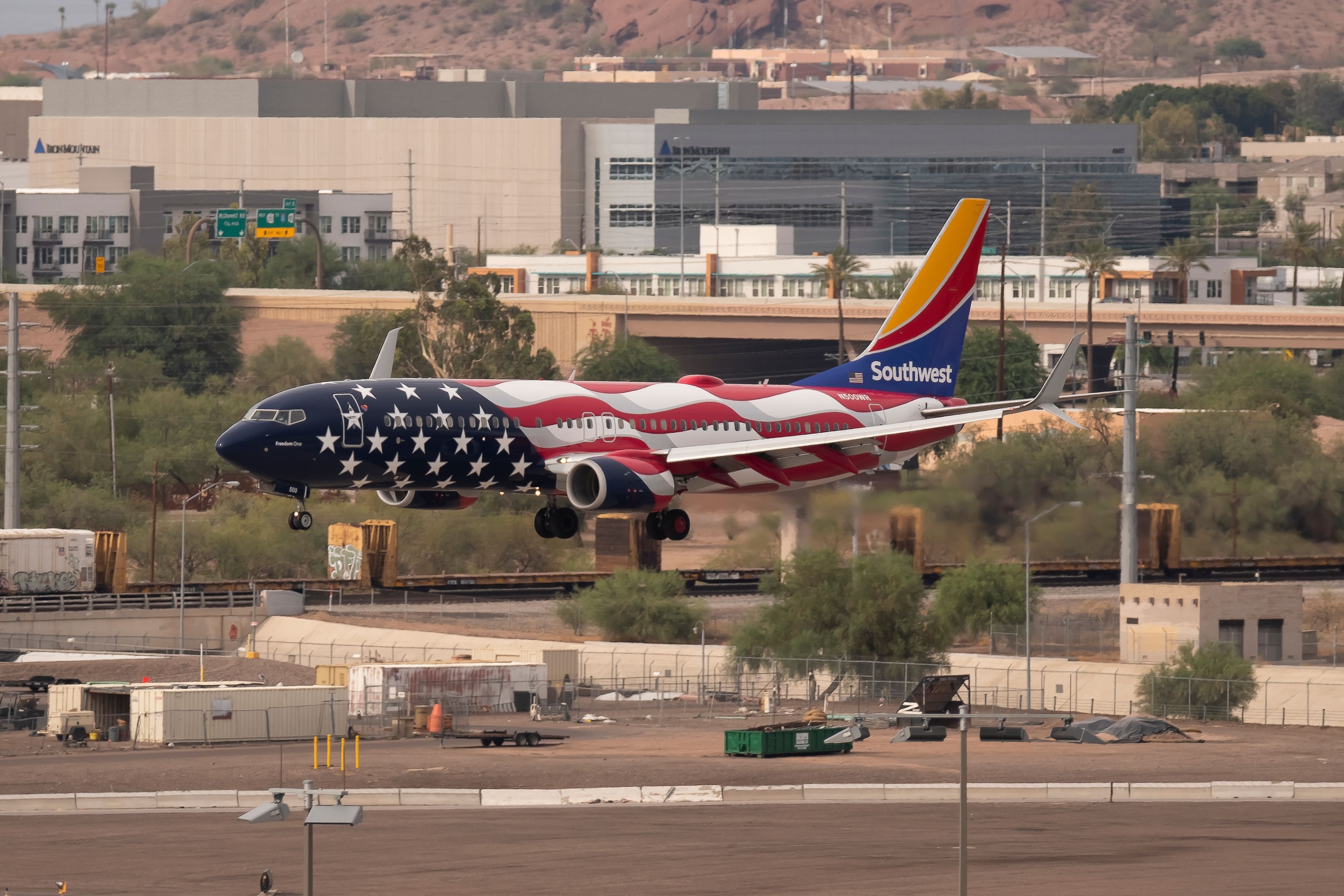
Boeing 737 Engine Failure Forces Southwest Airlines Flight Return To San Jose Cabo
The aircraft landed safely, with no reported injuries.
Southwest Airlines and the Boeing 737
The aircraft in question is registered as N567WN, which is 21.4 years old. The aircraft was previously operated by the Canadian airline WestJet from 2002 to 2014 (when it was registered as C-FWAF) before moving across to the US low-cost carrier.
Photo: Joe Kunzler | Simple Flying
Today, Southwest Airlines is the world’s largest operator of the 737, and data from ch-aviation shows that N567WN represents just one of the 387 737-700s in the carrier’s fleet. The airline also operates 207 737-800s and 228 737 MAX 8s and has 307 737 MAX 7s and 183 737 MAX 8s on order, which will likely take the current total fleet size of 822 to over 1,000 aircraft.
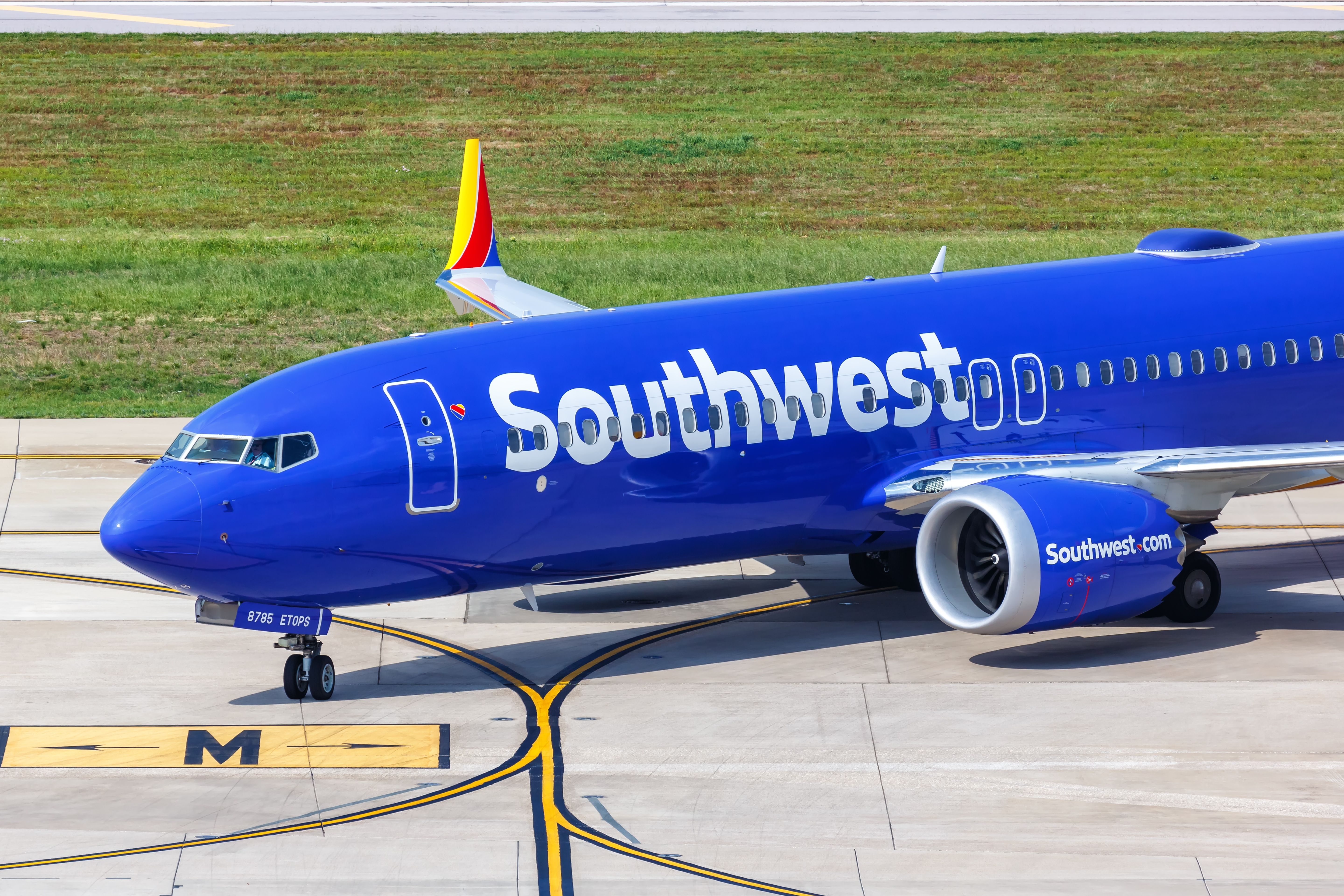
The Boeing 737 MAX 8 At Southwest Airlines: Everything You Need To Know
The aircraft has been a game-changer for the airline.
Have you experienced severe turbulence when flying? Which route were you traveling on? Let us know in the comments below.

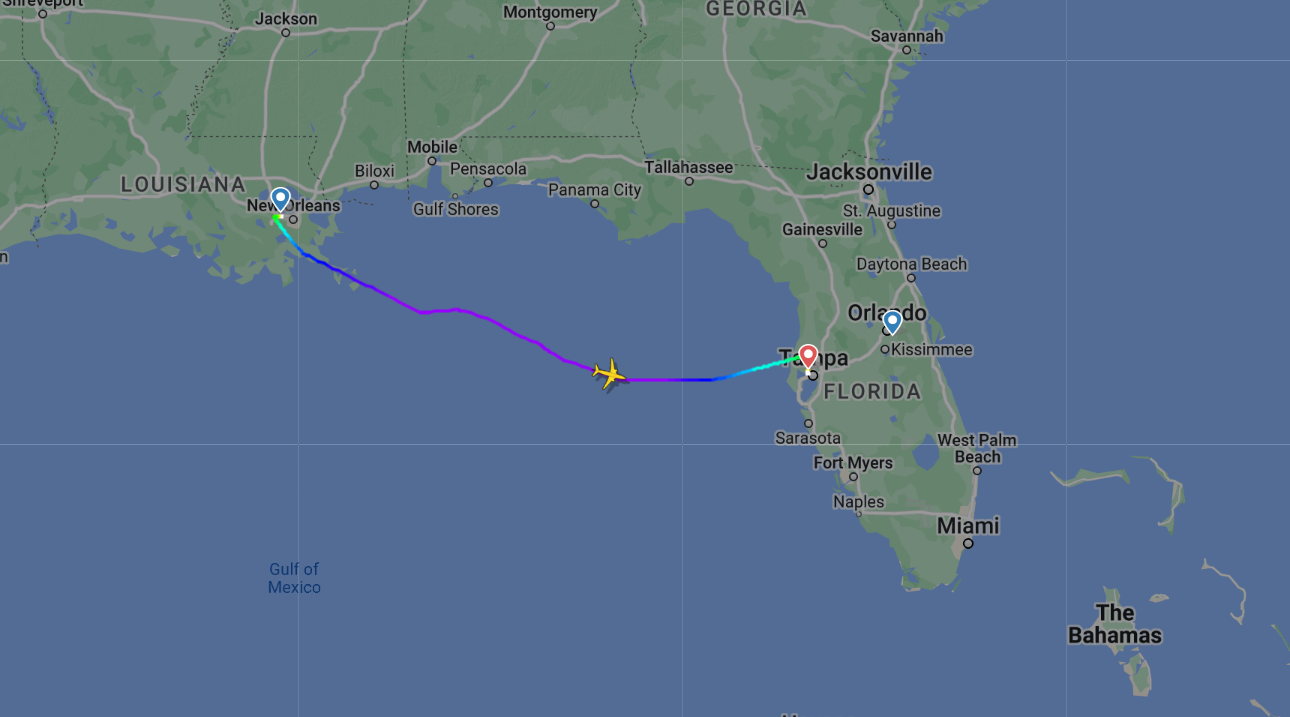
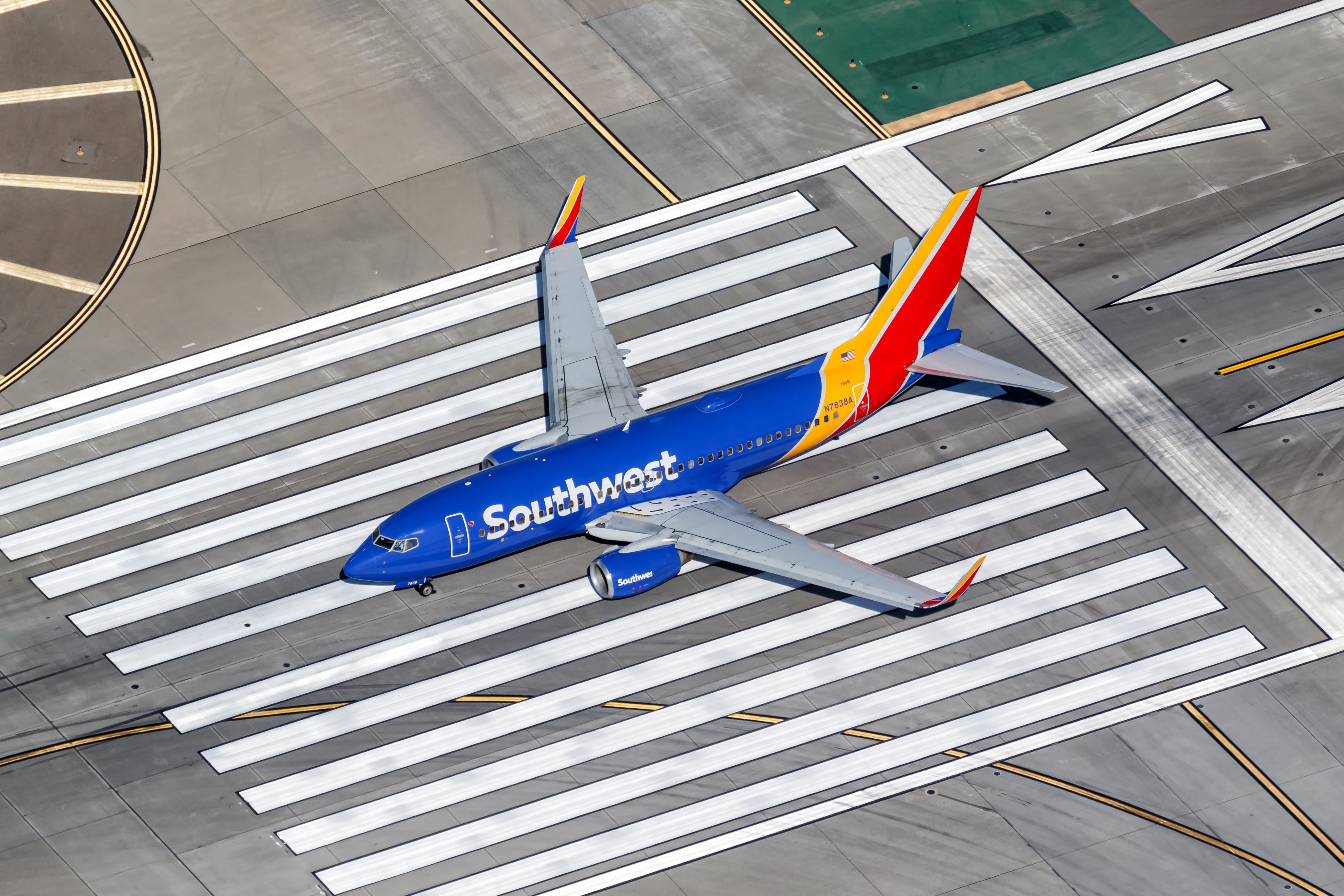
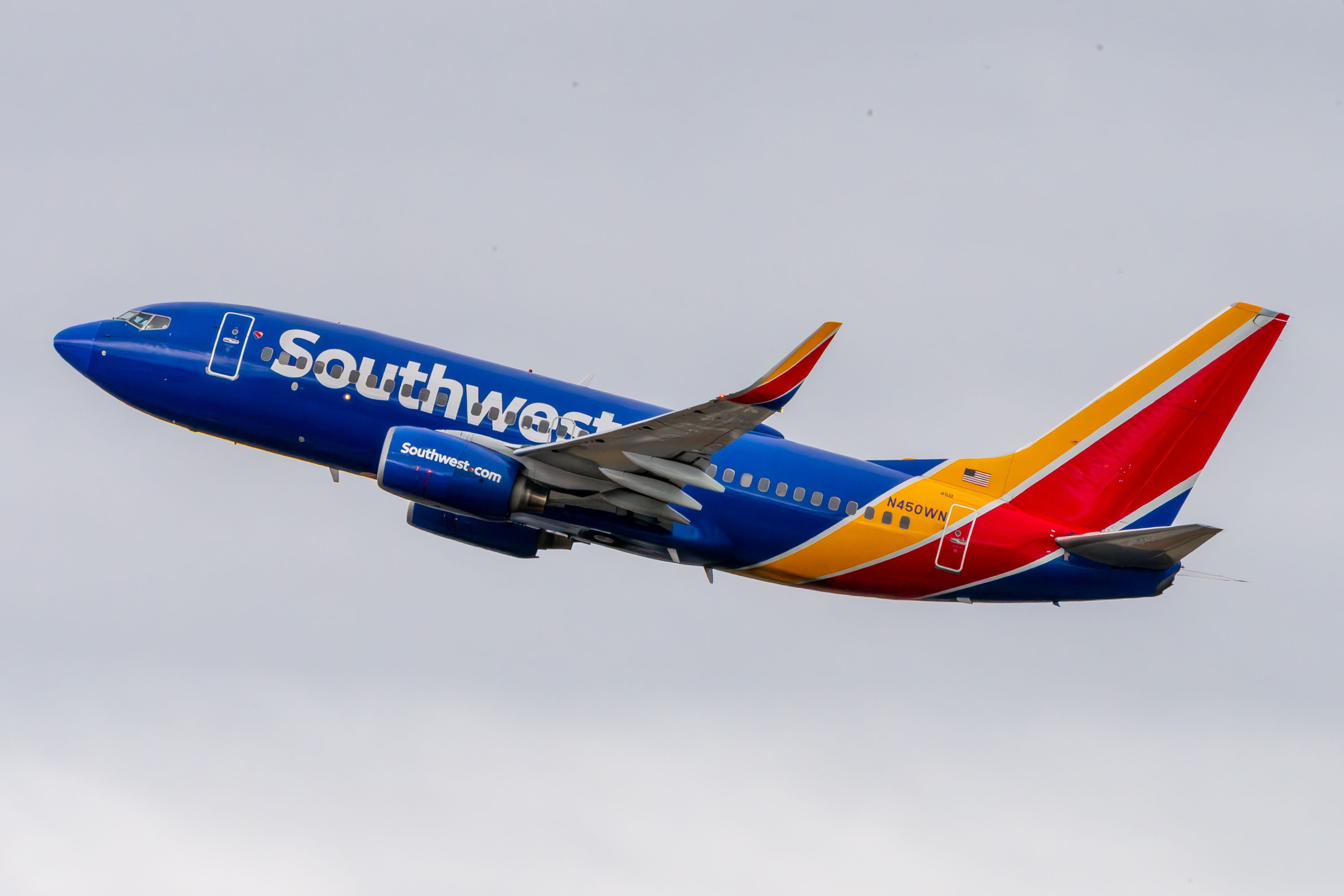
.jpg)
